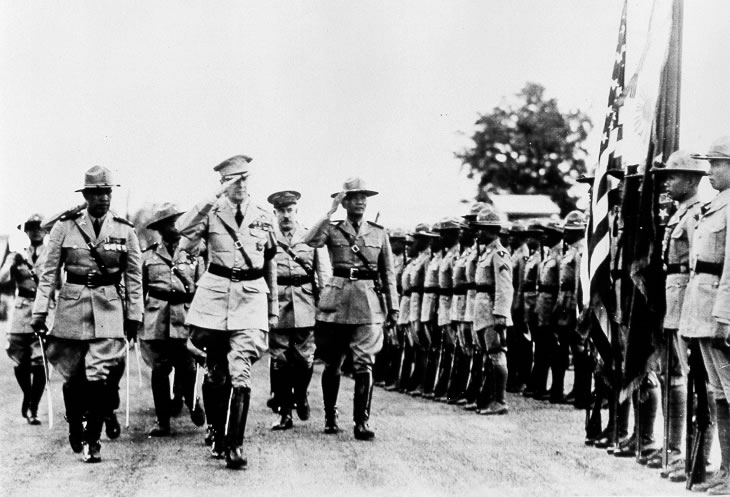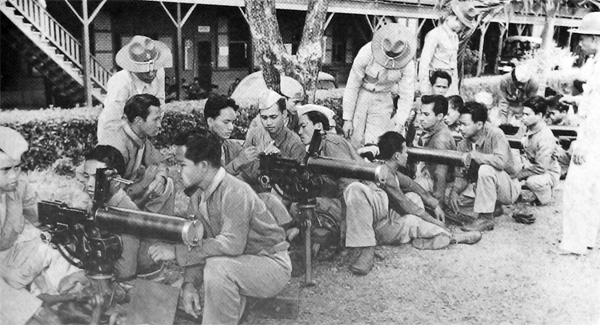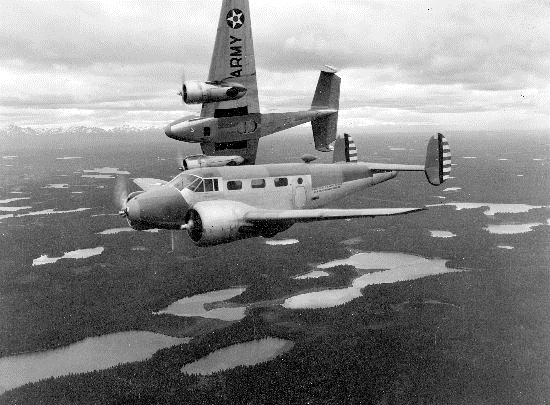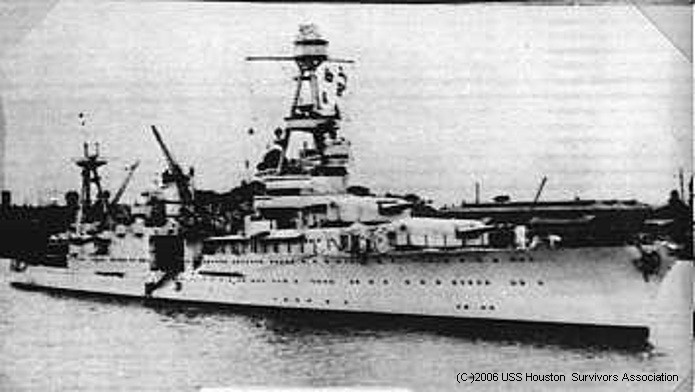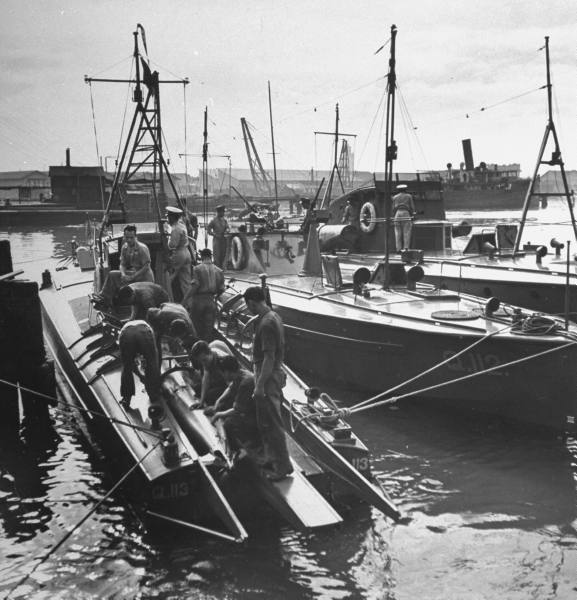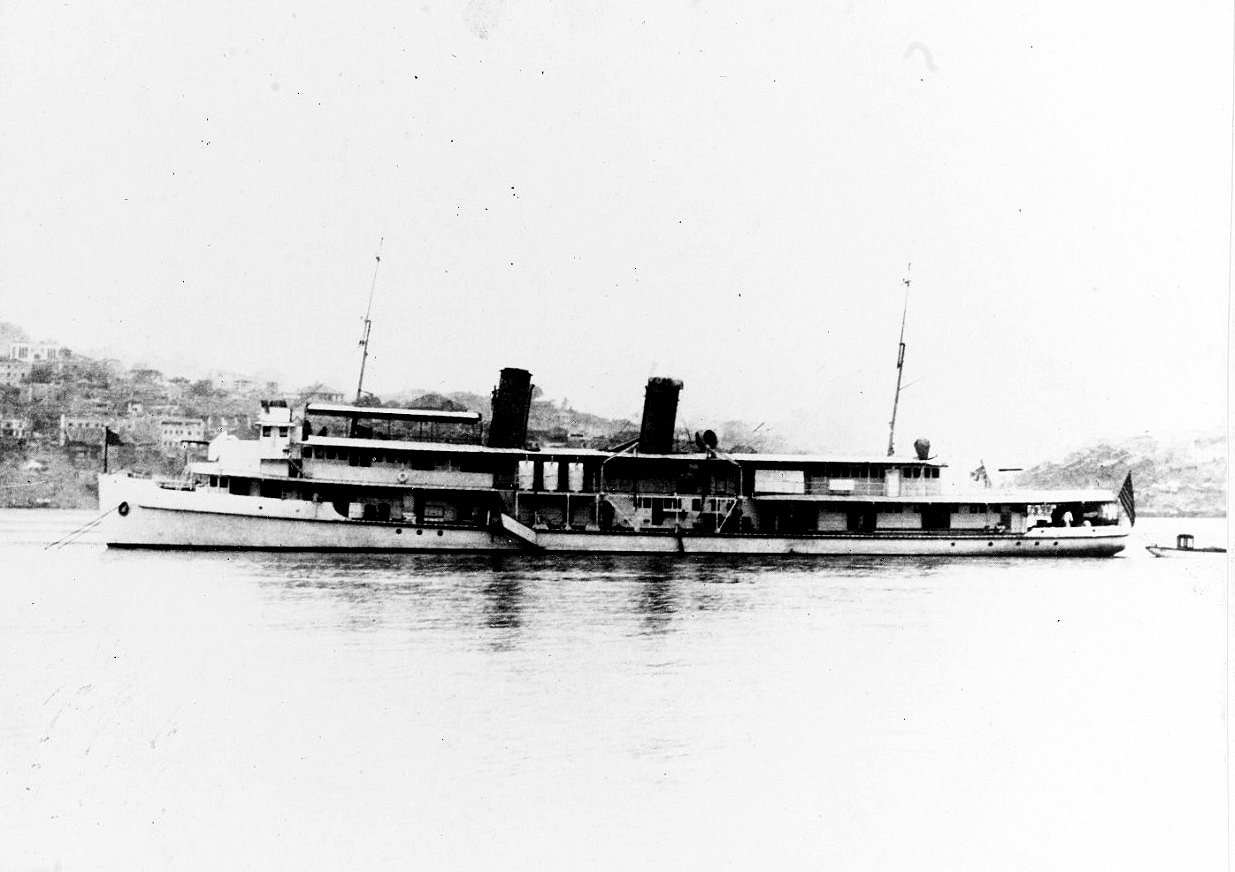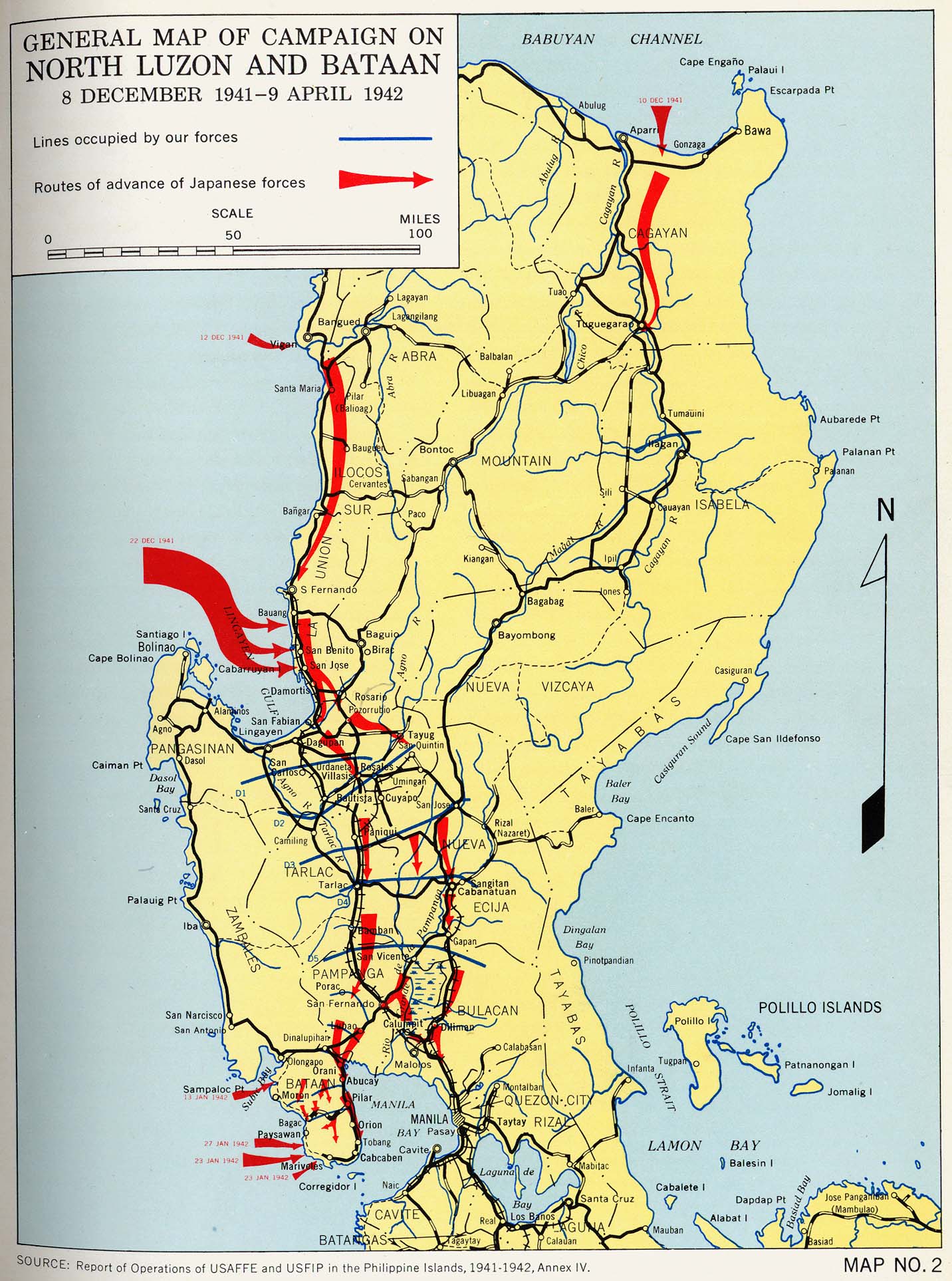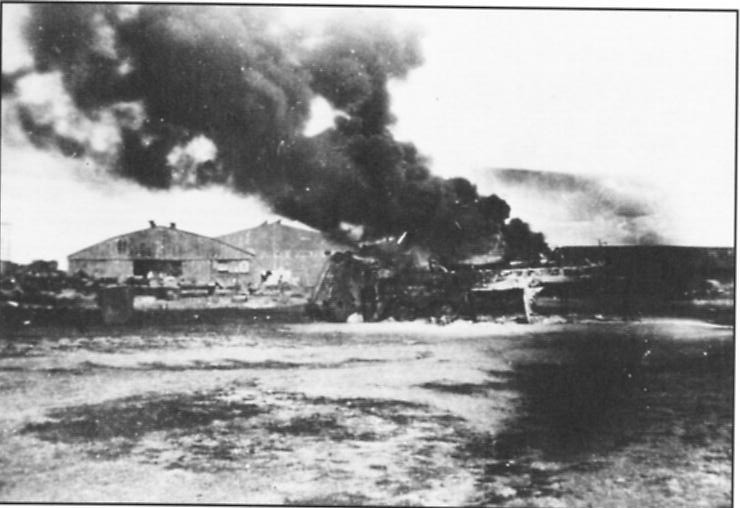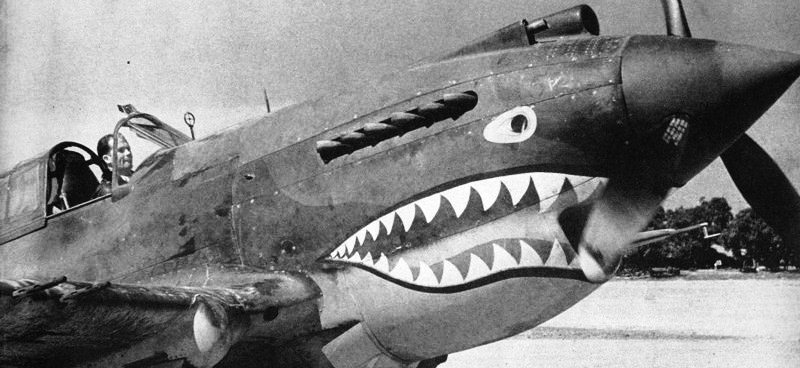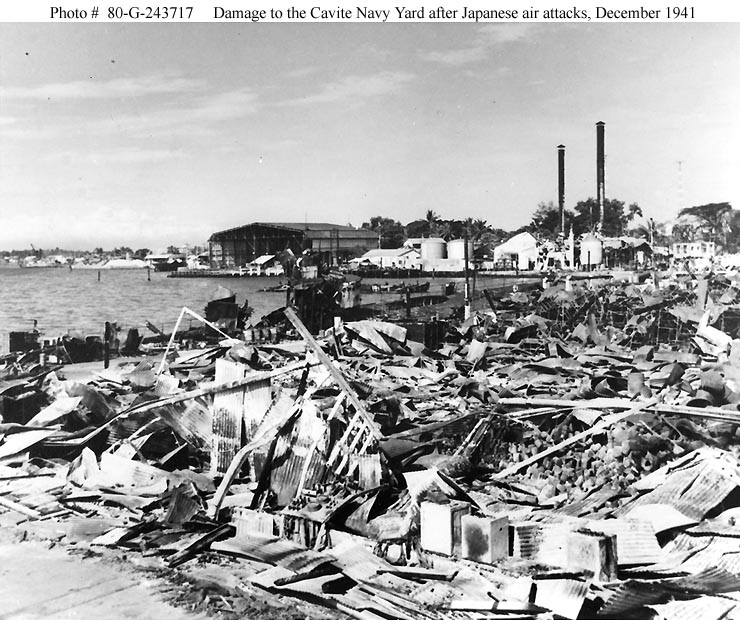Further Expansion of the Philippine Coast Guard 1941
In early 1941, the Philippine Coast Guard gains the old hydrographic vessel “Pathfinder” from US Coast and Geoditic Survey office, which is converted into an officer training ship, and orders are placed for 4 minesweepers to be delivered in 1942 (former USN vessels). The Coast Guard also acquires 8 J2F Ducks, enough to start a detachment at Cebu and another at Davao to patrol over the southern and central islands.
In late 1941, the heavy cruiser Louisville arrives escorting 2 transport ships carrying what would be the last reinforcements to reach Luzon before the shooting starts. The Louisville is attached to the Asiatic Fleet, giving Admiral Hart a heavy cruiser division, while the light cruiser Marblehead is detached as it has orders to proceed to the Atlantic Fleet to join her sisters there. She escorts the convoy out of the Southwest Pacific and is near the Santa Cruz Islands when war begins, along with her charges.
As the Marblehead leaves, the Yangtze Patrol Gunboats, as well as the 4th Marine Regiment arrives over the week between December 1 and December 5. The Marine Regiment (with its 2 battalions) is moved to Subic Bay, where it joins the 1st Seperate battalion, which is organized as an air defense artillery battalion and has its own radar. The Regiment is assigned as part of the strategic reserve and as a quick reaction force. The gunboats are assigned to assist the Philippine Coast Guard, although many of their senior petty officers and indeed most of the crew members are quickly reassigned to help out with seriously undermanned ships of the Asiatic Fleet, however orders have barely been cut when the war begins.
The British Deterrent Force and final Allied naval reinforcements
In the fall of 1941, worried about growing tensions with Japan, Winston Churchill proposes reinforcing the Eastern Fleet with a pair of fast heavy warships, as well as a carrier for air support. Initially he proposes sending the Prince of Wales, the Repulse and the Indomitable, along with 4 destroyers. However fate soon deals a blow to that plan. On September 27, the Prince of Wales, covering a convoy to Malta, is torpedoed by Italian aircraft, and while she survives, has suffered sufficient damage to knock her out of action for several months. The carrier Indomitable hits an uncharted rock in the Caribbean on her maiden voyage, requiring repair time for her as well.
Frustrated with his initial plan Churchill decides that a force of fast battle cruisers and heavy cruisers would serve as the deterrent force, being able to make fast slashing raids against any Japanese invasion forces and then escape before the older Japanese battle line could catch them and thus they would serve as the deterrent force he wants. He is gambling, but considering how desperate the situation is looking in late November 1941, with the possibility of Soviet defeat as well as the critical situation in North Africa, he feels a gamble is justified. On November 27, the Renown and light cruiser Trinidad are ordered to the Indian Ocean where they will join the Repulse and form the basis of Force Z, which will be commanded by Admiral Phillips. It it expected that the three ships, along with what cruisers and destroyers can be scraped up from the Eastern Fleet will arrive in Singapore no later than December 12, 1941.
Informal discussions during the meeting at Argentan Bay propose that in the event of war, British, Australian, and American surface forces will combine to defend the Malay Barrier alongside the Free Dutch. A command structure is still being determined even as war comes. However, the clear importance of air cover after the losses and damage suffered by the Royal Navy makes it clear that clear that additional air reinforcements are needed to cover the Eastern Fleet if it is to operate out of Singapore and 5 squadrons of Hurricanes are sent to Malaya, arriving on December 6. They are still being uncrated and the squadrons are still forming when war begins.
The final reinforcement arriving in the theater is the American heavy cruiser Pensacola, which is escorting several transports to the Philippines and is just east of Fiji on the morning of December 7. y Admiral Stark issues three different sets of orders to the convoy, ordering it first to Pearl Harbor, then to sending it to Samoa before finally sending it to Brisbane and eventually the cruiser and some of the transports to Darwin. This, along with the heavy losses suffered in the Hawaiian Islands, is a major reason for his replacement with Admiral King in 1942. However the Pensacola finally joins the Asiatic Fleet in mid January 1942.
Allied Naval Forces ABDA Command (American, British, Dutch, Australian) December 8, 1941
American forces
Surface Forces (Glassford)
CA Houston, Louisville, CL Boise, 13 Clemson class DD, tender Black Hawk, tankers Pecos, Trinity,
seaplane tender Childs, Preston (both converted destroyers),
(all are at Iliolo, Panay on December 8 except for four destroyers at Cavite undergoing maintenance or repair)
en route CA Pensacola
Submarine Forces
29 submarines, with 4 S Boats, 25 fleet boats, of which 3 fleet boats are at Cavite undergoing repair. All other submarines are on patrol to the north, northwest and northeast of the Philippines beginning December 1 after the receipt of the war warning on November 30. 3 submarine tenders are at Cavite on December 8.
16th Naval District Forces (includes Philippine Coast Guard) (Rockwell)
6 minesweepers, 2 seaplane tenders, 1 ocean going tug, 1 submarine rescue vessel, 6 PT boats, 5 smaller PT boats (Filipino crews), 5 gunboats (former Yangtze Patrol), 2 armed yachts, 1 armed sailing yacht, 12 armed patrol boats/craft, 4 mine tenders, 2 converted yachts (minelayers), 4 armed light transports
(5 small PT boats, 2 minelayers, 2 armed patrol boats in Lingayen Gulf, 4 armed patrol craft at Cebu, remainder at Subic Bay, Manila Bay or off Corregidor)
Aircraft
Patrol Wing (PATWING) 10 with 28 Catalina, 5 Kingfisher, 5 Ducks, 12 Seagull (including 4 aboard each CA and 2 aboard the CL) (all operating out of Manila Bay) plus 4 Filipino Ducks at Davao with the seaplane tender Heron and 4 Filipino Ducks with the seaplane tender Langley at Cebu. Four of the Catalina and 3 Kingfisher are with the Preston and Childs at Panay.
British Eastern Fleet (at Singapore)
several minesweepers, patrol craft and gunboats, 5 submarines, Fleet Air Arm Catalina, Hudson and Swordfish aircraft
en route
BC Renown, Repulse, CA Dorsetshire, Devonshire, Exeter CL Trinidad, Caledon, 8 destroyers (at Trincomalee on December 8, 1941)
Australian forces (link up with Penscola Convoy once the war starts)
CA Australia, Canberra, CL Hobart, Perth, 4 destroyers
Dutch Forces in theater
Light cruisers Tromp, De Ruyter, Java, 8 destroyers, 16 submarines
(additional British, Australian and Dutch forces are in the Indian Ocean or operating from eastern Australia when the war begins. Not included are a number of British and Dutch support ships and craft)
